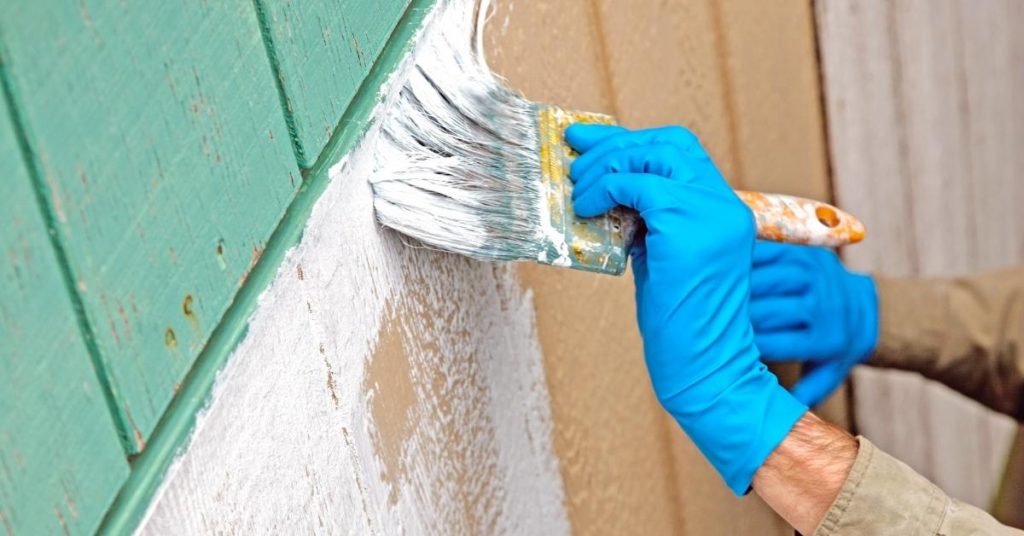
When embarking on an exterior house painting project, one critical aspect often overlooked is the influence of weather conditions. Understanding how temperature, humidity, wind, and rain can impact paint application and drying is crucial for achieving a lasting and aesthetically pleasing finish. It’s important to navigate through the complexities of weather-related challenges in house painting to ensure a successful and durable outcome.
How Temperature Affects Exterior Painting
Optimal temperature is a pivotal factor in exterior house painting. The ideal range typically falls between 50°F and 85°F. Painting in temperatures too far above or below this spectrum can lead to a host of problems. In extreme heat, paint may dry too quickly, leading to an uneven finish, while in colder conditions, it may not dry properly, resulting in cracking or peeling over time. It’s essential to check the paint manufacturer’s recommendations for temperature guidelines to ensure the best results.
Humidity’s Effect on Paint Application
Humidity plays a significant role in the house painting process. High humidity levels can prolong the drying time of paint, increasing the likelihood of drips and an uneven finish. Additionally, excess moisture in the air can prevent paint from adhering properly to surfaces. To mitigate these issues, it’s advisable to paint during the lower humidity periods of the day, typically in the late morning or early afternoon, and to closely monitor local weather forecasts.
Wind and Its Impact on Painting
While often overlooked, wind can be a formidable adversary during exterior house painting projects. Strong winds can cause debris and dust to stick to wet paint, ruining the smoothness of the finish. Furthermore, wind can accelerate the drying process in an uncontrolled manner, leading to potential cracking. To counteract these effects, it’s wise to set up windbreaks when possible and to choose days with milder wind conditions for painting.
Rain and Moisture Considerations
Rain and moisture are arguably the most detrimental elements to house painting. Painting during or shortly before rain can result in water spots and even wash away fresh paint. To avoid these pitfalls, it’s crucial to monitor weather predictions closely and plan painting sessions accordingly. A dry weather window of at least 24 to 48 hours is recommended before and after painting to allow for proper drying and curing.
Sunlight and UV Exposure
Direct sunlight can also impact the house painting process, particularly in terms of drying and long-term durability. UV rays can cause paint to fade and degrade over time. Painting in direct sunlight can lead to rapid drying, which might result in an uneven finish. It’s often best to paint exterior surfaces in the shade or during cooler parts of the day to avoid these issues.
Conclusion
Weather conditions play a pivotal role in the success of exterior house painting. By understanding and adapting to the challenges posed by temperature, humidity, wind, rain, and sunlight, homeowners can ensure a smooth and lasting paint job. Planning, patience, and a bit of flexibility in response to weather forecasts are key to achieving a professional-quality finish in any house painting endeavor.